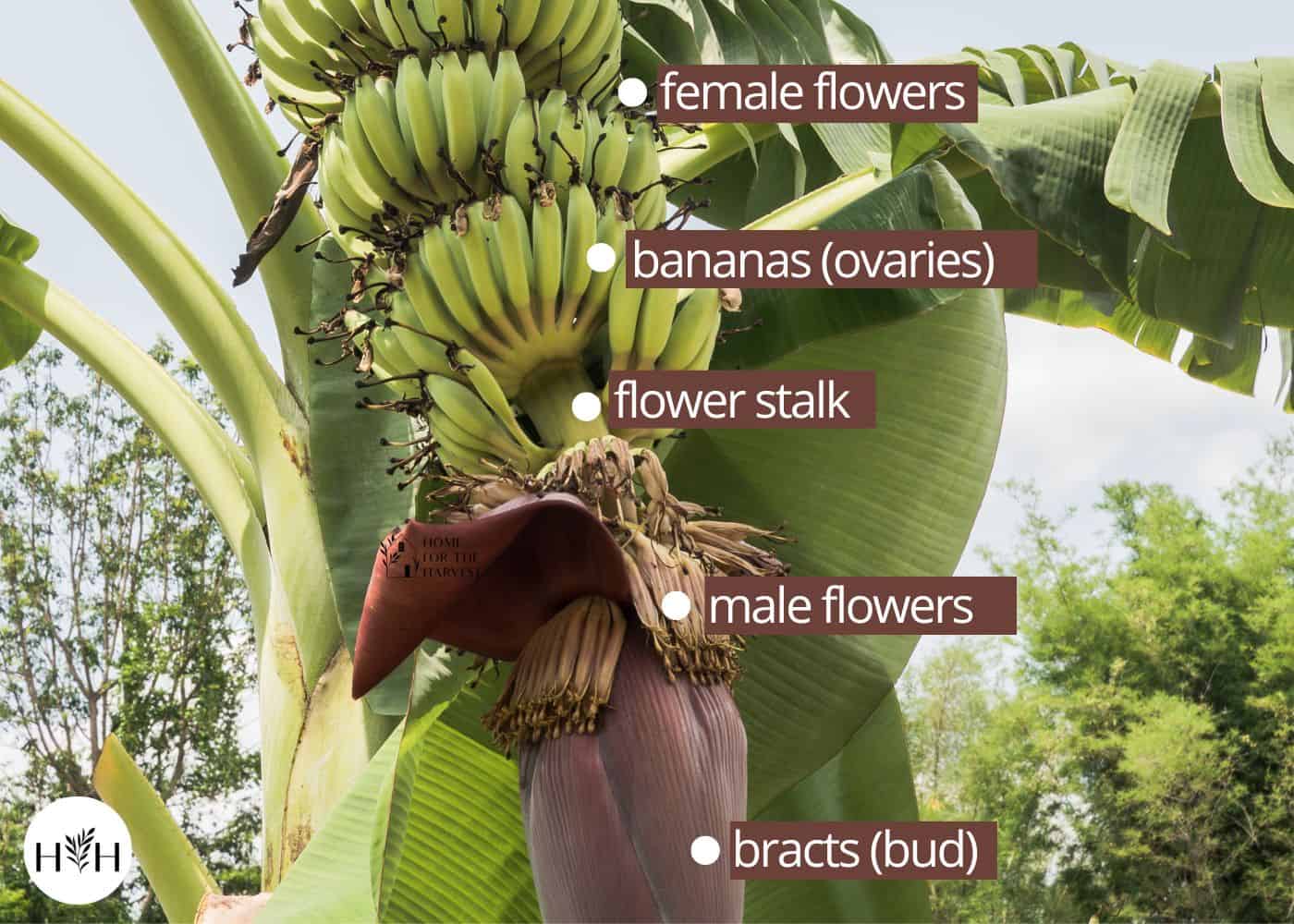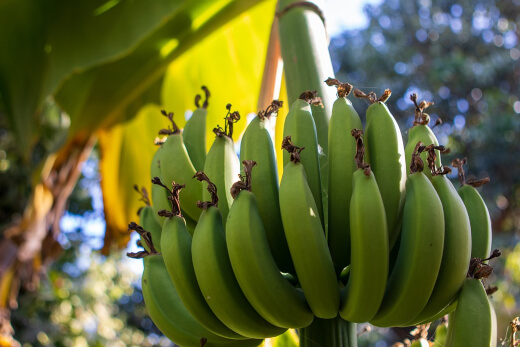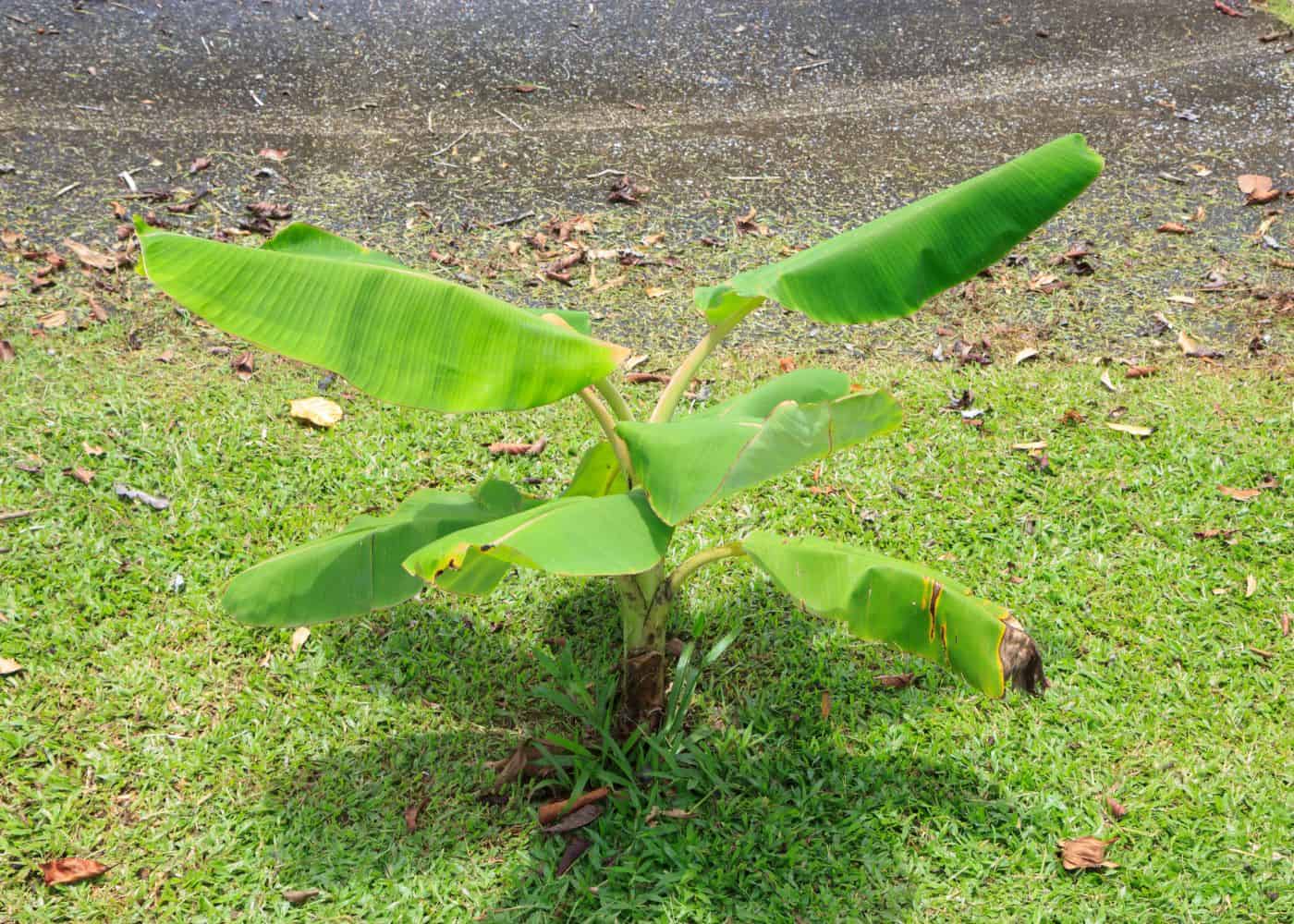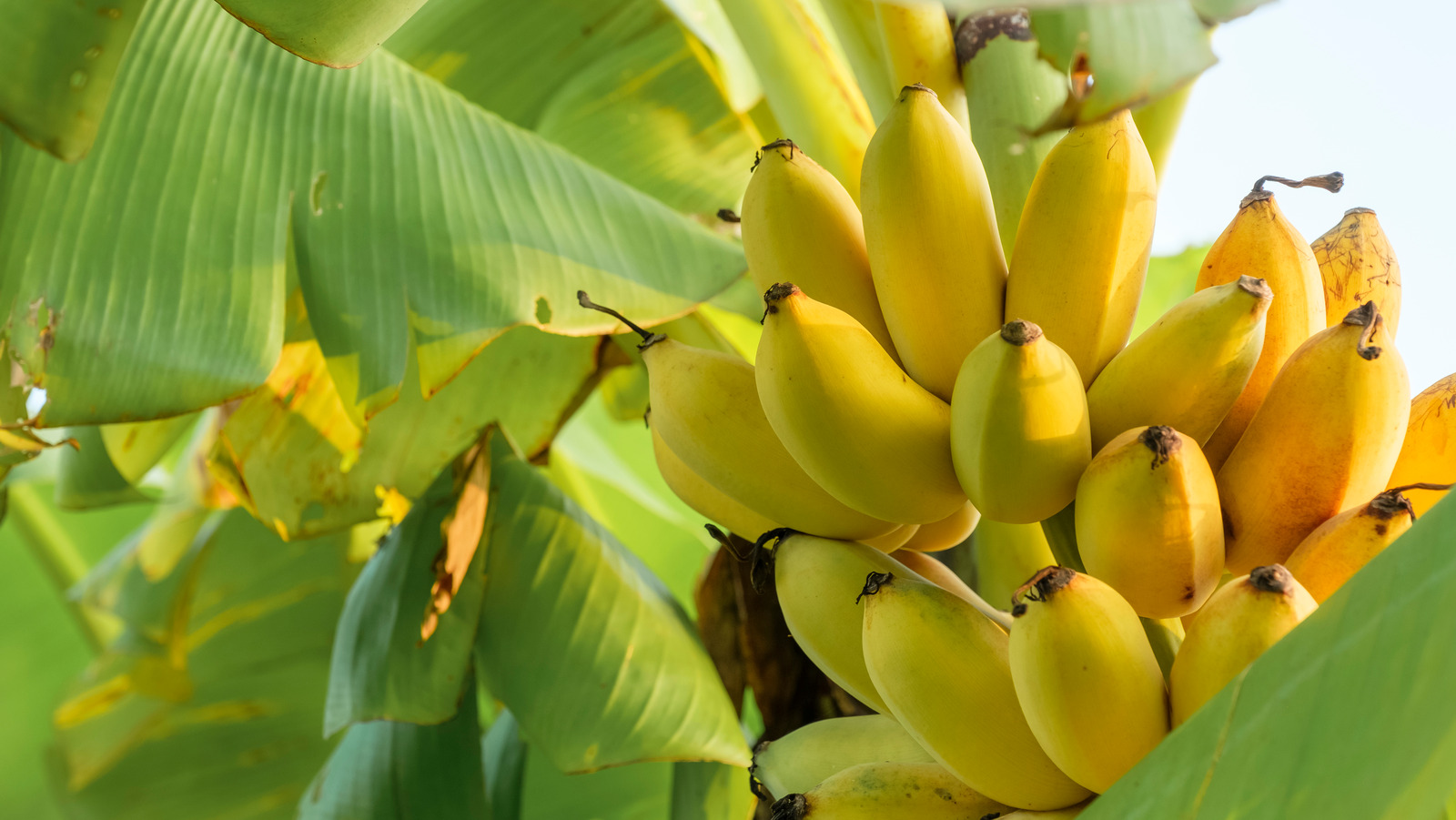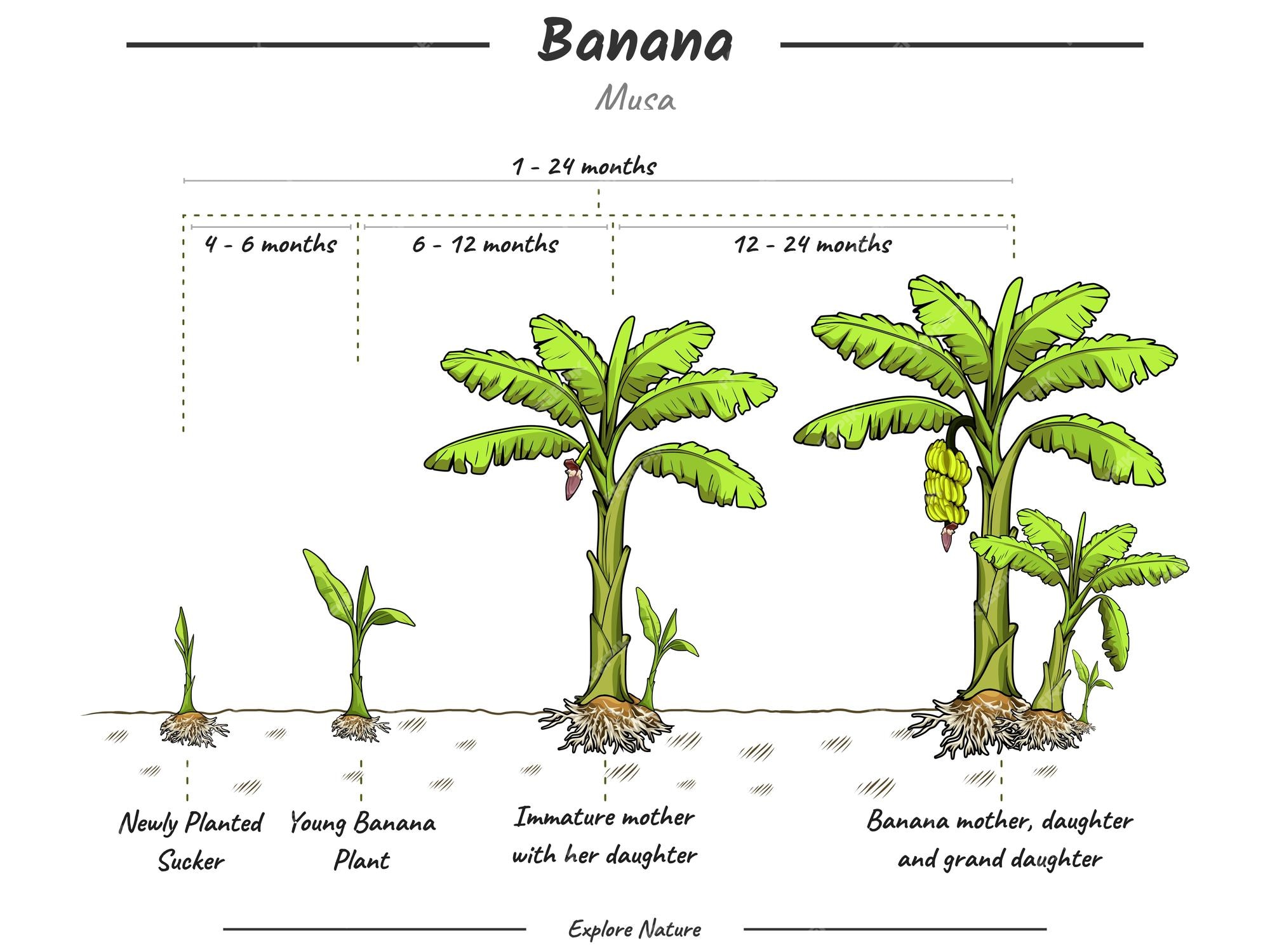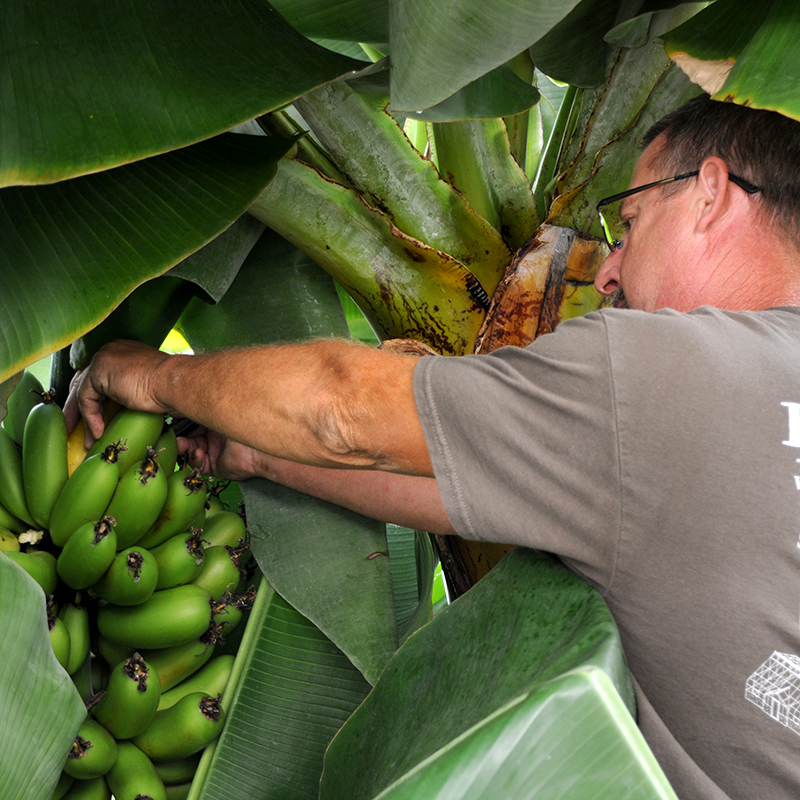Understanding the Life Cycle of a Banana Tree
The life cycle of a banana tree is a complex process that involves several stages, from germination to maturity. Understanding these stages is crucial for determining the growth period of a banana tree. Banana trees typically take around 9 to 12 months to mature, but this timeframe can vary depending on factors such as climate, soil quality, and proper care. The life cycle of a banana tree can be broken down into several stages, including germination, seedling, sapling, and maturity.
Germination is the first stage of a banana tree’s life cycle, and it typically takes around 1 to 3 weeks. During this stage, the seed begins to sprout, and the seedling emerges. The seedling stage is the next stage, and it can last anywhere from 1 to 6 months. During this stage, the seedling develops its root system and begins to grow its first set of leaves.
The sapling stage is the next stage, and it can last anywhere from 6 to 12 months. During this stage, the sapling continues to grow and develop its root system, and it begins to produce its first set of fruit. The maturity stage is the final stage, and it can last anywhere from 9 to 12 months. During this stage, the banana tree reaches its full height and produces fruit regularly.
Understanding the life cycle of a banana tree is essential for determining the growth period. By knowing the different stages of a banana tree’s life cycle, you can provide the necessary care and attention to ensure that your tree grows and thrives. Whether you’re growing a banana tree for its fruit or for its ornamental value, understanding the life cycle is crucial for success.
So, how long does it take to grow a banana tree? The answer is around 9 to 12 months, but this timeframe can vary depending on several factors. By providing the right conditions and care, you can help your banana tree grow and thrive, and enjoy its delicious fruit for years to come.
Factors Affecting Banana Tree Growth: Climate, Soil, and Care
Banana tree growth is influenced by a variety of factors, including climate, soil quality, and proper care techniques. Understanding these factors is crucial for determining the growth period of a banana tree and ensuring optimal growth. Temperature, humidity, and light exposure are all critical climate factors that can impact banana tree growth.
Temperature is one of the most significant climate factors affecting banana tree growth. Banana trees prefer temperatures between 75°F and 85°F (24°C and 30°C), and temperatures above 90°F (32°C) can cause damage to the tree. Humidity is also essential, with banana trees preferring a relative humidity of 60% to 80%. Light exposure is also critical, with banana trees requiring full sun to partial shade.
Soil quality is another critical factor affecting banana tree growth. Banana trees prefer well-draining, rich soil with a pH between 5.5 and 6.5. Soil that is too dense or lacks essential nutrients can impact banana tree growth and productivity. Proper care techniques, such as regular watering, fertilization, and pruning, are also essential for maintaining a healthy and productive banana tree.
In addition to climate and soil factors, proper care techniques can also impact banana tree growth. Regular watering is essential, with banana trees requiring about 1 inch of water per week. Fertilization is also critical, with banana trees requiring a balanced fertilizer that is high in potassium. Pruning is also essential, with regular pruning helping to maintain a healthy and productive tree.
By understanding the factors that affect banana tree growth, you can provide the necessary care and attention to ensure that your tree grows and thrives. Whether you’re growing a banana tree for its fruit or for its ornamental value, understanding the factors that impact growth is crucial for success. So, how long does it take to grow a banana tree? The answer depends on a variety of factors, including climate, soil quality, and proper care techniques.
How to Create an Ideal Environment for Banana Tree Growth
Creating an ideal environment for banana tree growth is crucial for ensuring optimal growth and productivity. Banana trees require a specific set of conditions to thrive, including the right container, soil mix, and fertilizers. By replicating these conditions, you can provide your banana tree with the best possible chance of success.
Choosing the right container is essential for banana tree growth. Banana trees prefer containers that are at least 12-14 inches deep and have good drainage holes. This will ensure that the roots of the tree have enough room to grow and that the soil doesn’t become waterlogged. When selecting a container, make sure it is made of a durable material that can withstand the elements and is large enough to accommodate the mature size of the tree.
The soil mix is also critical for banana tree growth. Banana trees prefer a well-draining soil mix that is rich in organic matter. A mix of peat moss, perlite, and vermiculite is ideal, as it provides good drainage and aeration. You can also add fertilizers to the soil mix to provide essential nutrients for the tree. A balanced fertilizer that is high in potassium is ideal, as it will promote healthy fruit production.
In addition to the container and soil mix, fertilizers are also essential for banana tree growth. Banana trees require a balanced fertilizer that is high in potassium to promote healthy fruit production. You can also add other fertilizers, such as nitrogen and phosphorus, to promote healthy leaf growth and root development. However, be careful not to over-fertilize, as this can damage the tree.
By creating an ideal environment for banana tree growth, you can ensure that your tree thrives and produces delicious fruit. Whether you’re growing a banana tree for its fruit or for its ornamental value, providing the right conditions is crucial for success. So, how long does it take to grow a banana tree? With the right environment and care, you can enjoy your banana tree’s fruit in as little as 9-12 months.
The Role of Light and Water in Banana Tree Development
Light and water are two essential elements that play a crucial role in banana tree development. Banana trees require adequate light to undergo photosynthesis, which is necessary for growth and fruit production. Water, on the other hand, is necessary for maintaining the tree’s hydration levels and supporting its overall health.
When it comes to light, banana trees prefer bright, indirect light. Direct sunlight can be too intense and may cause the leaves to become scorched. East- or west-facing windows are ideal for banana trees, as they provide gentle, indirect light. If you’re growing your banana tree outdoors, make sure to provide some shade, especially during the hottest part of the day.
Watering is also critical for banana tree development. Banana trees prefer moist soil, but make sure not to overwater. Overwatering can lead to root rot and other problems. Check the soil regularly, and water only when it feels dry to the touch. Reduce watering during the winter months when the tree is dormant.
The frequency of watering also depends on the climate and region you’re in. In hot and dry climates, you may need to water your banana tree more frequently. In cooler and more humid climates, you may need to water less often. It’s essential to monitor the tree’s response to watering and adjust your schedule accordingly.
In addition to light and water, humidity is also an essential factor in banana tree development. Banana trees prefer a humid environment, typically between 50-70% relative humidity. You can increase the humidity around your banana tree by placing the pot on a tray filled with water and pebbles or using a humidifier.
By providing your banana tree with the right balance of light, water, and humidity, you can ensure optimal growth and fruit production. Remember, the key to growing a healthy banana tree is to replicate its natural habitat. With the right conditions, you can enjoy your banana tree’s fruit in as little as 9-12 months. So, how long does it take to grow a banana tree? With proper care and attention, you can enjoy your banana tree’s fruit in no time.
Pruning and Training for a Healthy Banana Tree
Pruning and training are essential for maintaining a healthy and productive banana tree. Pruning helps to control the size and shape of the tree, promotes healthy growth, and encourages fruit production. Training, on the other hand, helps to support the tree’s structure and promotes upright growth.
There are several reasons why pruning is important for banana trees. Firstly, it helps to remove dead or damaged leaves and stems, which can harbor diseases and pests. Secondly, it helps to control the size and shape of the tree, which can become too large and unwieldy if left unpruned. Finally, it helps to promote healthy growth and fruit production by allowing more sunlight to reach the fruiting stems.
To prune your banana tree, start by removing any dead or damaged leaves and stems. Use a pair of clean and sharp pruning shears to make clean cuts, and remove any weak or spindly growth. Next, cut back the fruiting stems to about 6-8 inches from the base of the plant. This will help to promote new growth and encourage fruit production.
Training is also an important part of banana tree care. Banana trees can grow quite large and may need support to prevent them from toppling over in the wind. To train your banana tree, start by providing a stake or trellis to support the plant. Tie the stem to the stake using a soft material like twine or a plant tie, and make sure the stake is securely anchored in the ground.
As the tree grows, continue to provide support and prune the plant regularly to maintain its shape and promote healthy growth. With regular pruning and training, you can enjoy a healthy and productive banana tree that produces delicious fruit for years to come. By following these tips, you can help your banana tree grow and thrive, and enjoy its fruit in as little as 9-12 months. So, how long does it take to grow a banana tree? With proper care and attention, you can enjoy your banana tree’s fruit in no time.
Common Challenges and Pests: How to Identify and Address Issues
Banana trees are generally hardy plants, but they can be susceptible to certain challenges and pests. Identifying and addressing these issues promptly can help prevent damage to the tree and ensure optimal growth. Some common challenges and pests that can affect banana trees include fungal diseases, bacterial diseases, insect infestations, and nutrient deficiencies.
Fungal diseases, such as Panama disease and yellow Sigatoka disease, can cause significant damage to banana trees. These diseases can be identified by yellowing or browning leaves, and can be treated with fungicides. Bacterial diseases, such as bacterial wilt, can also affect banana trees, and can be identified by wilting or yellowing leaves.
Insect infestations, such as aphids, whiteflies, and spider mites, can also affect banana trees. These pests can be identified by small, moving dots on the leaves or stems, and can be treated with insecticides. Nutrient deficiencies, such as potassium deficiency, can also affect banana trees, and can be identified by yellowing or browning leaves.
To prevent these challenges and pests, it’s essential to maintain good hygiene practices, such as removing any dead or diseased leaves or stems, and disinfecting any pruning tools. Regularly inspecting the tree for signs of disease or pests can also help identify issues early on.
In addition to these challenges and pests, banana trees can also be affected by extreme weather conditions, such as high winds, drought, or flooding. Providing support for the tree, such as staking or pruning, can help prevent damage from high winds. Ensuring the tree receives adequate water and nutrients can also help prevent damage from drought or flooding.
By being aware of these common challenges and pests, and taking steps to prevent and address them, you can help ensure your banana tree grows and thrives. With proper care and attention, you can enjoy your banana tree’s fruit in as little as 9-12 months. So, how long does it take to grow a banana tree? With the right care and attention, you can enjoy your banana tree’s fruit in no time.
Harvesting Your Banana Tree: When and How to Enjoy Your Fruit
Harvesting bananas is an exciting moment for any banana tree grower. After months of care and attention, you finally get to enjoy the fruit of your labor. But when is the right time to harvest bananas, and how do you do it properly?
Bananas are typically ready to harvest when they are fully grown and the skin is a bright yellow color. You can also check for ripeness by gently tugging on the banana. If it comes off the tree easily, it’s ready to eat. If not, wait a few more days and check again.
To harvest bananas, start by selecting a few ripe bananas from the tree. Use a sharp knife or pruning shears to cut the bananas from the tree, leaving a small piece of stem attached to the fruit. This will help the bananas continue to ripen after they’re picked.
Once you’ve harvested your bananas, you can enjoy them immediately or store them in a cool, dry place to ripen further. Bananas can be stored at room temperature for up to 5 days, or in the refrigerator for up to 2 weeks.
It’s also important to note that banana trees typically produce one stem of bananas per year, and the tree will die after producing fruit. However, you can encourage the tree to produce more fruit by cutting back the stem after harvesting and allowing the tree to regrow.
By following these tips, you can enjoy a bountiful harvest of delicious bananas from your very own banana tree. With proper care and attention, you can enjoy your banana tree’s fruit in as little as 9-12 months. So, how long does it take to grow a banana tree? With the right care and attention, you can enjoy your banana tree’s fruit in no time.
Tips for Growing Banana Trees in Different Regions and Climates
Banana trees can be grown in a variety of regions and climates, but they require specific conditions to thrive. In this section, we will provide tips on how to adapt banana tree growth to different regions and climates, including tips on how to protect the tree from extreme weather conditions.
In tropical regions, banana trees can be grown outdoors year-round, but they require protection from extreme heat and humidity. In these regions, it’s essential to provide shade for the tree, especially during the hottest part of the day. You can also use mulch to retain moisture in the soil and reduce soil temperature.
In subtropical regions, banana trees can be grown outdoors during the warmer months, but they require protection from frost during the winter months. In these regions, it’s essential to bring the tree indoors during the winter or provide protection from frost using a frost blanket or other covering.
In temperate regions, banana trees can be grown in containers and brought indoors during the winter months. In these regions, it’s essential to provide a warm and humid environment for the tree, using a heating mat or other heating source to maintain a temperature of at least 64°F (18°C).
In addition to these tips, it’s also essential to protect the tree from extreme weather conditions, such as high winds, drought, and flooding. You can use stakes or other supports to protect the tree from high winds, and provide adequate water and nutrients to prevent drought. In areas prone to flooding, it’s essential to elevate the tree above the flood zone to prevent damage.
By following these tips, you can adapt banana tree growth to different regions and climates, and enjoy a bountiful harvest of delicious bananas. With proper care and attention, you can enjoy your banana tree’s fruit in as little as 9-12 months. So, how long does it take to grow a banana tree? With the right care and attention, you can enjoy your banana tree’s fruit in no time.


